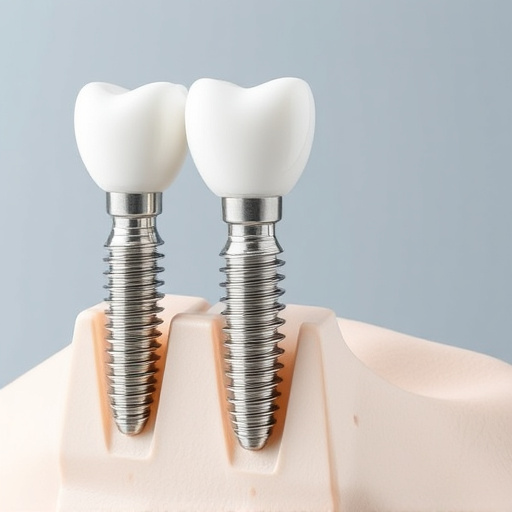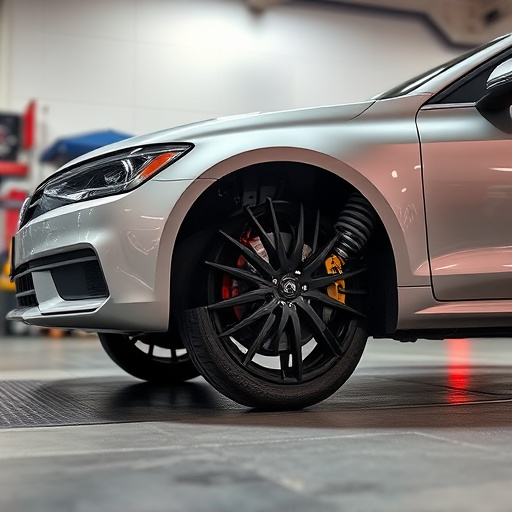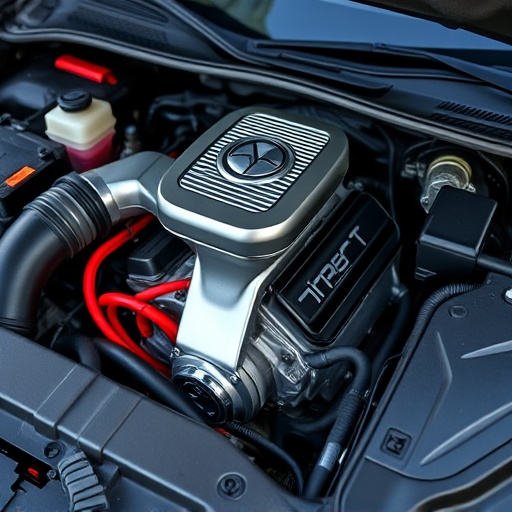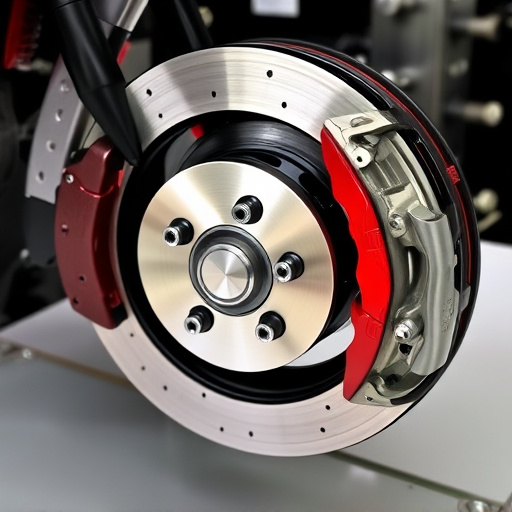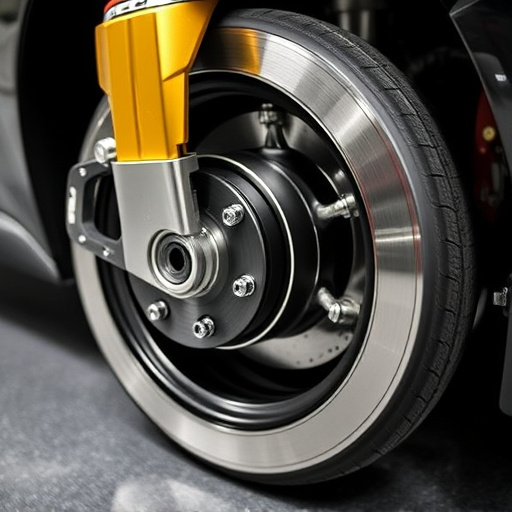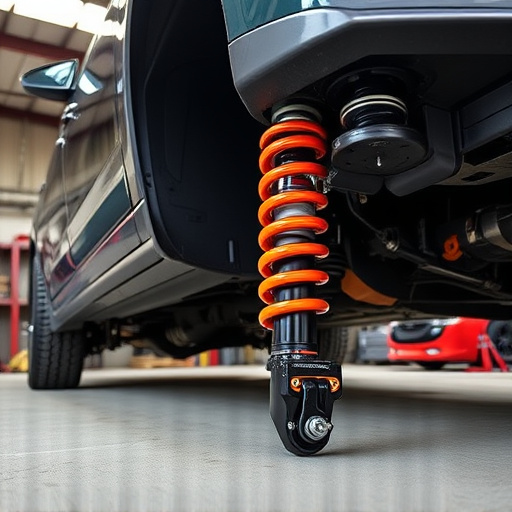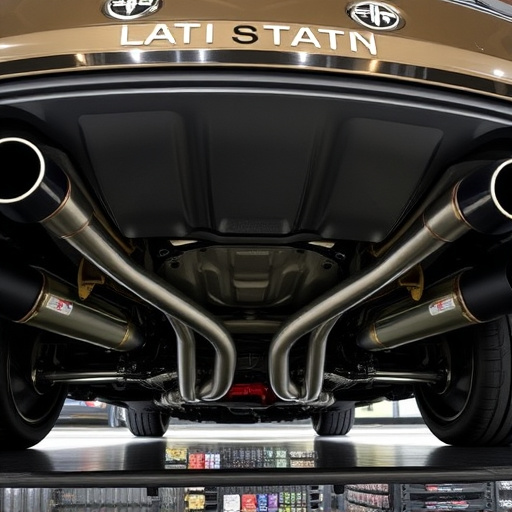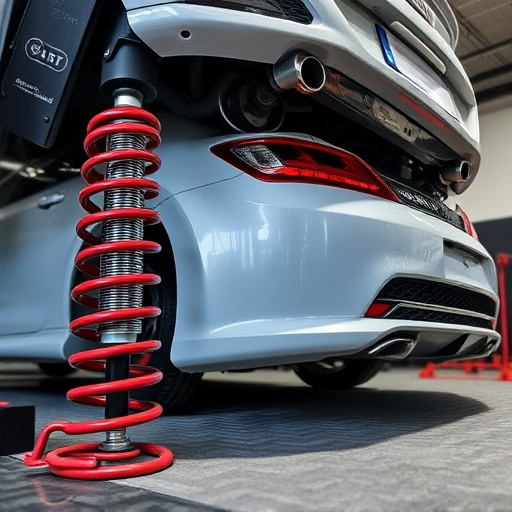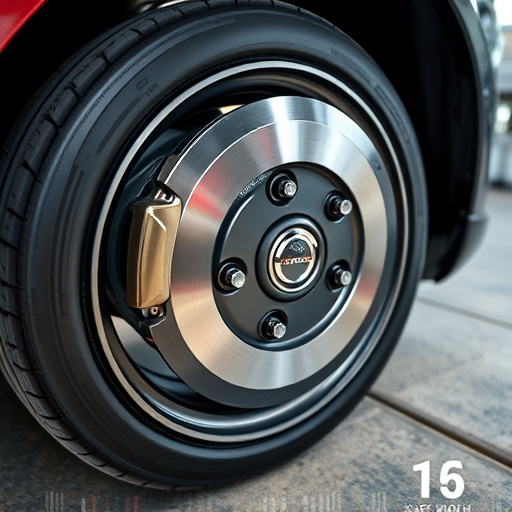Addressing exhaust noise from vehicles requires a holistic approach targeting various systems. Advanced mufflers, sound-dampening materials, strategic design, and optimized components reduce noise without power loss. This balanced strategy for a quiet performance exhaust system enhances cabin comfort, reduces noise pollution, and maintains powerful braking performance.
Looking to tame that roaring exhaust without sacrificing power? Discover proven strategies to achieve a quieter, more refined driving experience. This article explores the science behind exhaust noise, delving into key sources and offering engineering solutions for significant sound reduction. We balance power retention with acoustic optimization, providing techniques to enhance your vehicle’s quiet performance. From understanding fundamental dynamics to implementing advanced methods, these insights empower you to navigate the path towards a quieter ride without compromising on driveability.
- Understanding Exhaust Noise Sources
- Engineering Solutions for Quieter Performance
- Balancing Power and Sound Reduction Techniques
Understanding Exhaust Noise Sources
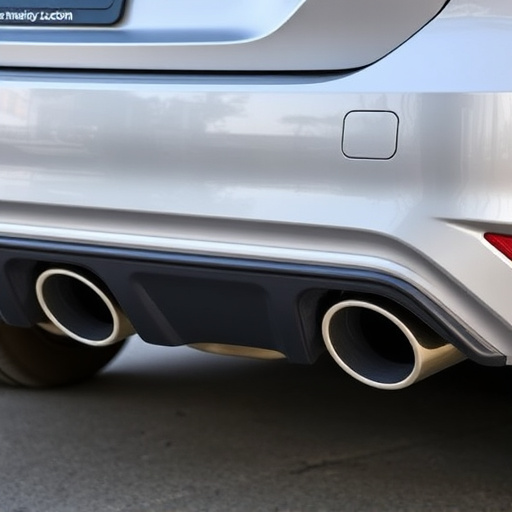
Exhaust noise is a complex issue that stems from various sources within a vehicle’s system. To achieve a quieter performance exhaust without compromising power, it’s crucial to identify and address these origins. One primary source is the engine itself, where combustion processes generate high-decibel sound waves. The design of the exhaust manifold, headers, and pipes can also contribute significantly to noise levels. Additionally, the interaction between exhaust gases and the catalytic converter can produce unwanted resonances. Even suspension components, such as control arms and shock absorbers, can vibrate in harmony with exhaust notes, amplifying overall noise.
Understanding these noise sources is the first step towards quieting your vehicle’s performance exhaust. By focusing on specific areas like the exhaust mufflers and using high-performance air filters to optimize airflow, you can significantly reduce noise without sacrificing power. This involves selecting the right materials for exhaust components, such as advanced sound-dampening technologies, and ensuring a proper fit to minimize vibrations that could create unwanted noises.
Engineering Solutions for Quieter Performance
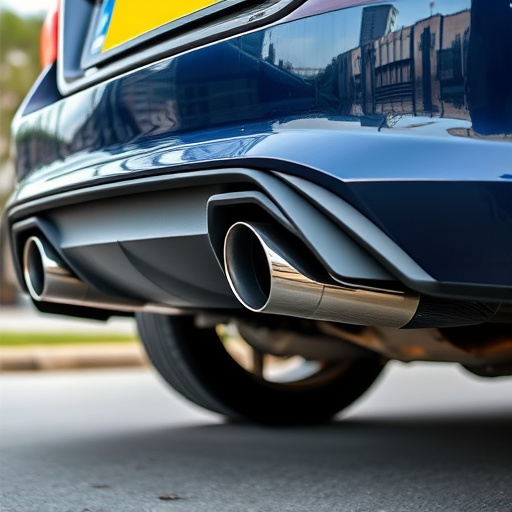
In pursuit of quieter performance exhaust systems, engineers have developed various innovative solutions. One common approach involves incorporating advanced sound-dampening materials within the exhaust structure itself. These materials, often made from specialized foams or fiberglass, absorb and dissipate sound waves, significantly reducing noise levels without compromising exhaust flow. Additionally, careful design considerations, such as optimized muffler configurations and strategically placed silencers, can further enhance quiet performance exhaust systems.
Beyond the design of the exhaust system, integration of suspension kits and upgraded brake components also plays a supporting role in achieving quieter operation. Suspension upgrades can minimize road noise transmission into the cabin, while high-performance brake pads and rotors can reduce the vibration and screeching sounds often associated with aggressive braking, contributing to an overall more serene driving experience even at high speeds.
Balancing Power and Sound Reduction Techniques
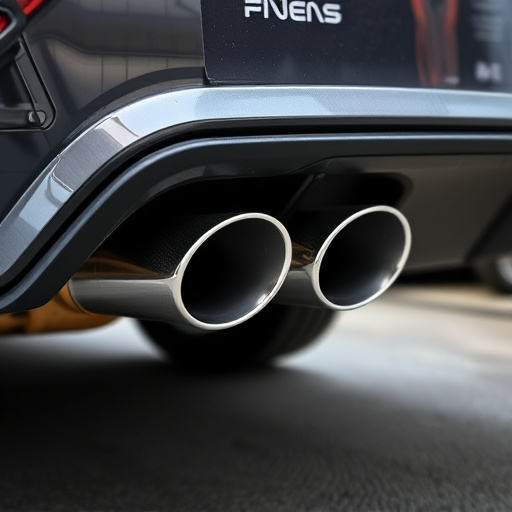
In the pursuit of a quiet performance exhaust, engineers often walk a fine line between power and sound reduction. While traditional methods like exhaust mufflers are effective at dampening noise, they can inadvertently cause power loss due to increased backpressure. This is where a balanced approach becomes crucial—one that considers not just sound absorption but also preserving the engine’s efficiency. Modern solutions often involve innovative designs that incorporate specific exhaust components, such as carefully engineered turbine-style exhaust mufflers, to reduce noise without sacrificing horsepower.
By optimizing these brake components and integrating advanced sound-deadening materials, manufacturers create quiet performance exhaust systems. This balancing act ensures that drivers can enjoy a refined driving experience, with improved cabin comfort and reduced noise pollution, without compromising on the engine’s performance capabilities, including powerful braking thanks to well-designed brake rotors and other critical brake parts.
By understanding the sources of exhaust noise, exploring engineering solutions, and balancing power with sound reduction techniques, you can achieve a quieter performance exhaust without sacrificing horsepower. These strategies empower you to navigate the fine line between a peaceful ride and robust engine performance, ensuring your vehicle strikes the perfect harmony for both driving pleasure and environmental considerations. Embrace these insights to transform your loud exhaust into a quiet, refined symphony on the road.
